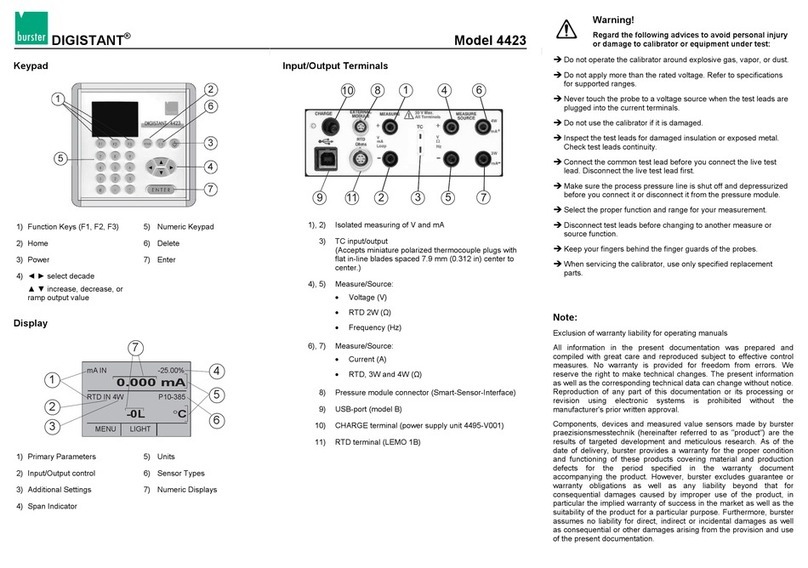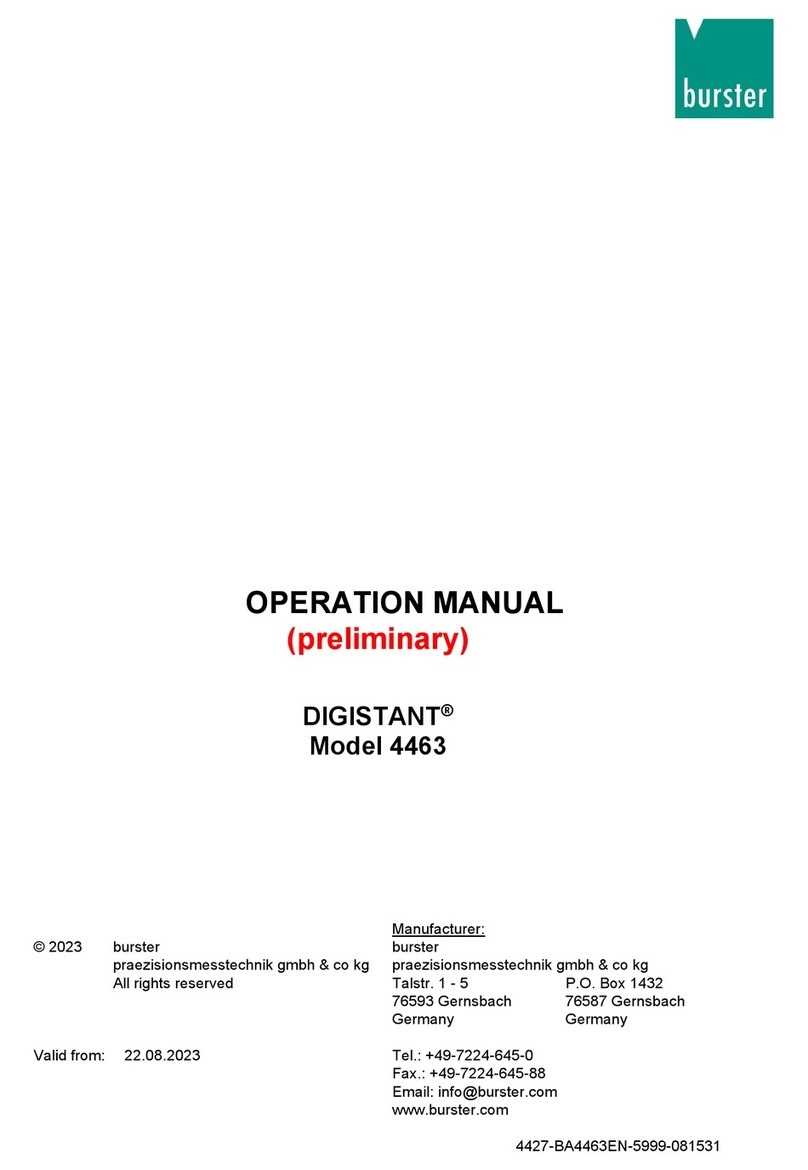5von 615von 61
4.4.3. Power adapter................................................................................. 22
4.4.4. USB interface .................................................................................. 22
4.5. Supported sensors ..................................................................................... 23
5. Usingtheinstrumentforthersttime ........................................................... 24
5.1. Language and device information .............................................................. 24
5.1.1. Select user language ...................................................................... 24
5.1.2. Retrieving instrument information ................................................... 25
6. General instrument functions and operation................................................. 27
6.1. TRANS CAL model 7281-V0000................................................................ 27
6.2. TRANS CAL model 7281-V0001................................................................ 27
6.3. Basic setup.................................................................................................28
6.3.1. TRANS CAL model 7281-V0000..................................................... 28
6.3.2. TRANS CAL model 7281-V0001..................................................... 29
7. Operation mode "Measurement".....................................................................31
7.1. Menu "Conguration" ................................................................................. 31
7.1.1. Prog Number................................................................................... 31
7.1.2. Name............................................................................................... 32
7.2. Channel setup ............................................................................................32
7.2.1. Strain gauge based sensors (load cells, pressure sensors, etc.).... 32
7.2.2. Potentiometric sensors.................................................................... 34
7.2.3. Voltage 0 ... 10 VDC........................................................................ 34
7.2.4. Transmitters (load cells, pressure sensors, etc.) ............................ 35
7.2.5. "burster TEDS" sensors .................................................................. 35
7.3. Comparator ................................................................................................37
7.3.1. Statistic comparator mode .............................................................. 38
7.3.2. Dynamic comparator mode ............................................................. 38
7.4. Standard settings / factory settings "Prog Reset!" ..................................... 39
7.5. Data logger.................................................................................................39
7.5.1. "Auto" data logger mode ................................................................. 39
7.5.2. "Constant" data logger mode .......................................................... 40
7.5.3. Recording mode.............................................................................. 40
7.5.4. "Data Logger Result"....................................................................... 42
7.6. "TEDS-Scan".............................................................................................. 44
7.7. Measure .....................................................................................................45
7.7.1. Display in measurement mode........................................................ 46
7.7.2. Data logger display in measurement mode..................................... 48
8. Operation mode "Sensor Test" ....................................................................... 49
































